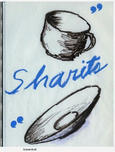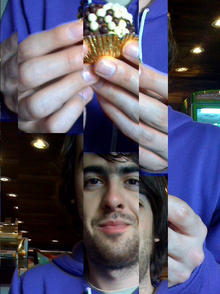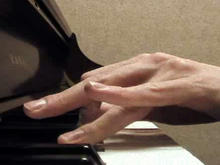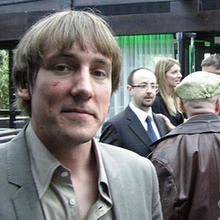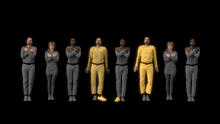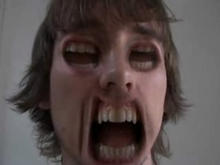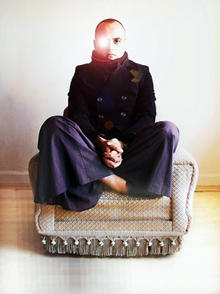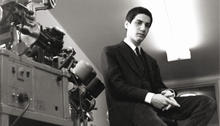I had the privilege of speaking with Gabriel Salom today about some really awesome work he's involved with. He's based in Berlin and one of his main projects is Analog Motion Graphics. He also has a design studio with his girlfriend called KS12. He's a really down to earth guy with an insane amount of wisdom.
I came across this Beardbox video he created and thought it would be good if we could share a few words with us as to what went into the making of it.
Gabriel Shalom: I had wanted to compose a videomusical piece using beatboxing footage for quite some time. After several failed attempts at remixing some beatboxing solos I had recorded from live performances with my old band, I decided I would record fresh material specifically for the new piece. This was back in 2006. It was also around that time that Lasse Gjertsen's Hyperactive was blowing up on YouTube. I admired Lasse's video and made contact with him, linking him to my first videomusical piece Small Room Tango. I remember him writing back saying something to the effect that he was about to release a piece like that. In my dialoging with Lasse I realized that if I completed and released my work at that time it might seem like a video-response to his piece. Feeling discouraged I let the video footage sit dormant.
Fast-forward to January 2009. Feeling inspired by the urging of some friends to continue making personal videomusical works after having had success with commercial videomusic in Italy, I found myself reconsidering the potential of the Beardbox video material. In the span of about a week I composed Beardbox and posted it to Vimeo. It quickly enjoyed a substantial positive response, becoming featured in Vimeo staff picks and landing on the front page of Motionographer. Comparisons to Lasse's admirable work were present in the mix of comments, yet the overwhelming reaction indicated that most people were able to enjoy the piece in its own right.
I've been composing videomusic since 2004. I consider it a novel form of audiovisual expression with its own conventions and limitations. In the attempt to understand the fundamental properties of videomusic I have developed my own theory of moving images which I call hypercubism (addressed now and then on my blog about the future of cinema: Quantum Cinema, and I have also created a channel on Vimeo to collect examples of videomusic. With the widespread popularity of videos from artists such as Kutiman and Neurosonics Audiomedical Labs, it’s clear that the videomusical movement is growing.
Source: Mograph TV
